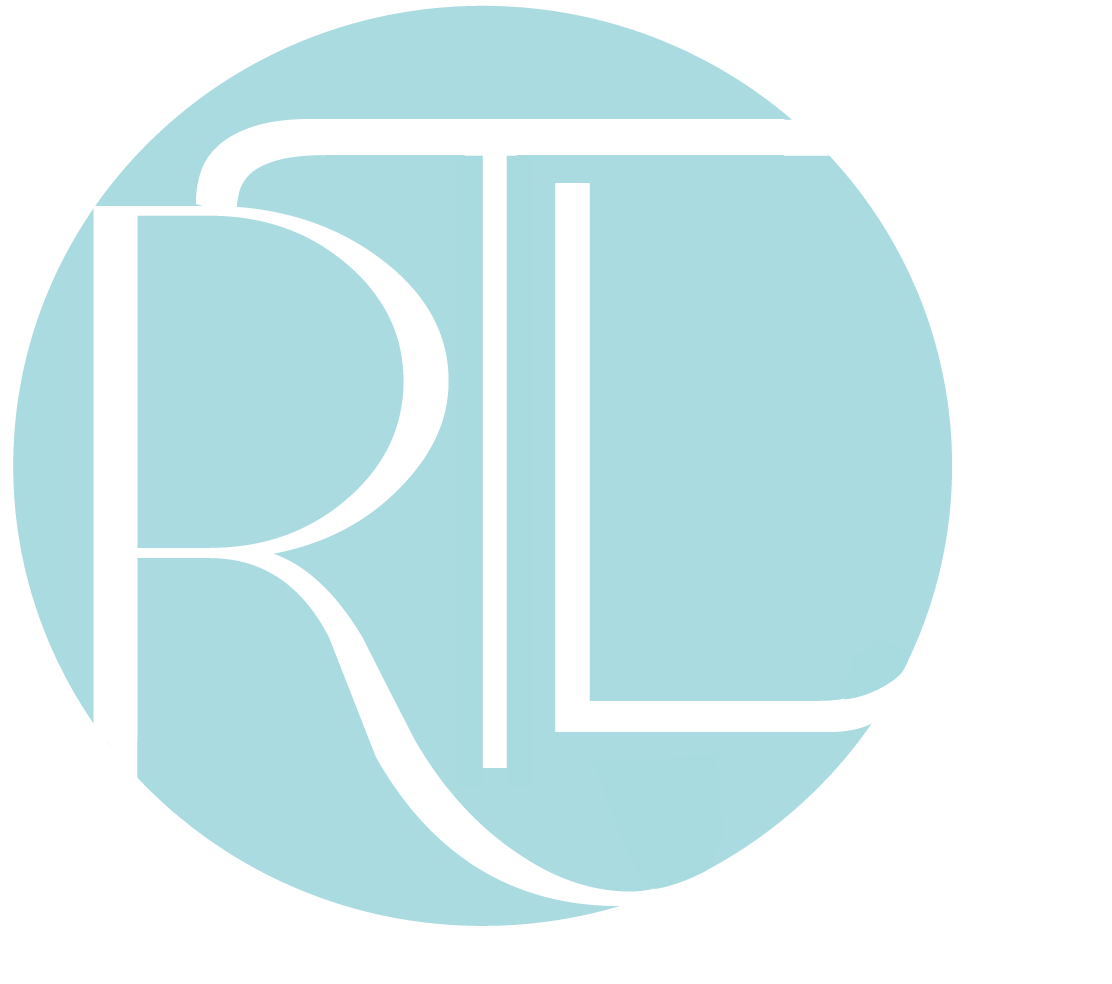Let's Breathe!
Did you know your hips might be tight because you're not breathing properly?!?!
It's been quite a year for us at RTL, and we have not been good at staying in touch - on any platforms! But here it is, our first post in a while - about the importance of breath and how it can affect our nervous system and our movements and posture.
In the studio we have been talking a lot about how connected everything is in our body, both movement wise as well as exercise, diet, and immune system health. Breath is a huge component of our existence and it greatly affects our biomechanics, posture and our nervous system, so I thought I'd share a breathing exercise for our first blog after our hiatus. I bet it hasn’t occurred to you that your tight hip flexors, or your lower back pain might be due to an inefficient breath pattern. In efficient breath patterns can have big ramifications - specially over time.
Scroll down for the exercise (and a video), or if you're interested in a very brief explanation of why breathing properly is important, read on. I've been finding this exercise very helpful for both clients and myself so please give it a try and tell us how it went!
Breathing is one of those fundamental things that we all do, and don't pay too much attention to. Proper breathing is important for both healthy biomechanics, and posture, and it helps regulate the nervous system. Without getting too technical there is a fascial relationship between the Diaphragm and Psoas muscle (HUGE hip flexor), and this connection means that when your breath stays shallow you could be causing hip flexor tension, and as a result your biomechanics and posture will be affected (and not in the good way...). Shallower breathing also has many more effects over time. Shallow breath corresponds with increased sympathetic nervous system response (fight or flight) and decreased parasympathetic nervous system response (sleep, digestion, etc.). When we fail to fully exhale we also place a lot of pressure on our abdominal organs, and create tension in our abdominal muscle wall, and pelvic floor. Tension is never good - and generally always leads to pain eventually.
*A quick note to keep in mind. The inhale part of our breath is the “active muscular” part. The exhale is where our muscles should relax, but ironically that’s where most people have trouble. It’s hard to relax!!! What I’m getting at is that I encourage you to truly empty your lungs on the exhale - and for most of us that means continuing to exhale another 20-30% after you think they’re empty. You might feel like your chest is “collapsing” - embrace it - your upper spine (thoracic spine) is meant to be slightly round and you’re encouraging your spine into a more functional weight bearing position.
Long story short, deep breaths are important and good for you! The good news it only takes a couple of deep breaths to feel better and get the effects. The below exercise (video with the exercise below!) is a play on a Pranayama technique and a 4-7-8 breath pattern developed by Dr. Andrew Weil. Dr. Weil refers to this pattern as a "natural tranquilizer for the nervous system". I've adjusted it to hold the lungs empty too, as I find that practice helpful, for both myself and my clients, to try and "unstick" the diaphragm from the Psoas which then helps to drop the ribcage and release tension.
Ready to Breath?
Pre exercise:
Lie on your back and find a comfortable position. Notice the position of your rib cage, neck and head. Place one hand on your chest and one hand on your belly, breath a couple of times and notice whether there is equal rise in chest and belly. If you're not finding any drop in your chest try and exhale a little more forcefully and notice how that affects your rib cage. Feel free to keep your arms on your chest/belly if you find it helpful through the movement, or just relax your arms wherever you are comfortable.
Breath Exercise:
Inhale fully for 4 counts
Hold lungs full for 7 counts
Exhale (try to empty lungs COMPLETELY) for 8 counts
Hold lungs empty for 7 counts and think of spreading the bottom of the back of your ribs into the floor/mat.
Thank you for reading all the way through, and I hope you found the information helpful. And if you gave the breath exercise a try let us know how it went!
Keep breathing and well see you on the mat!
